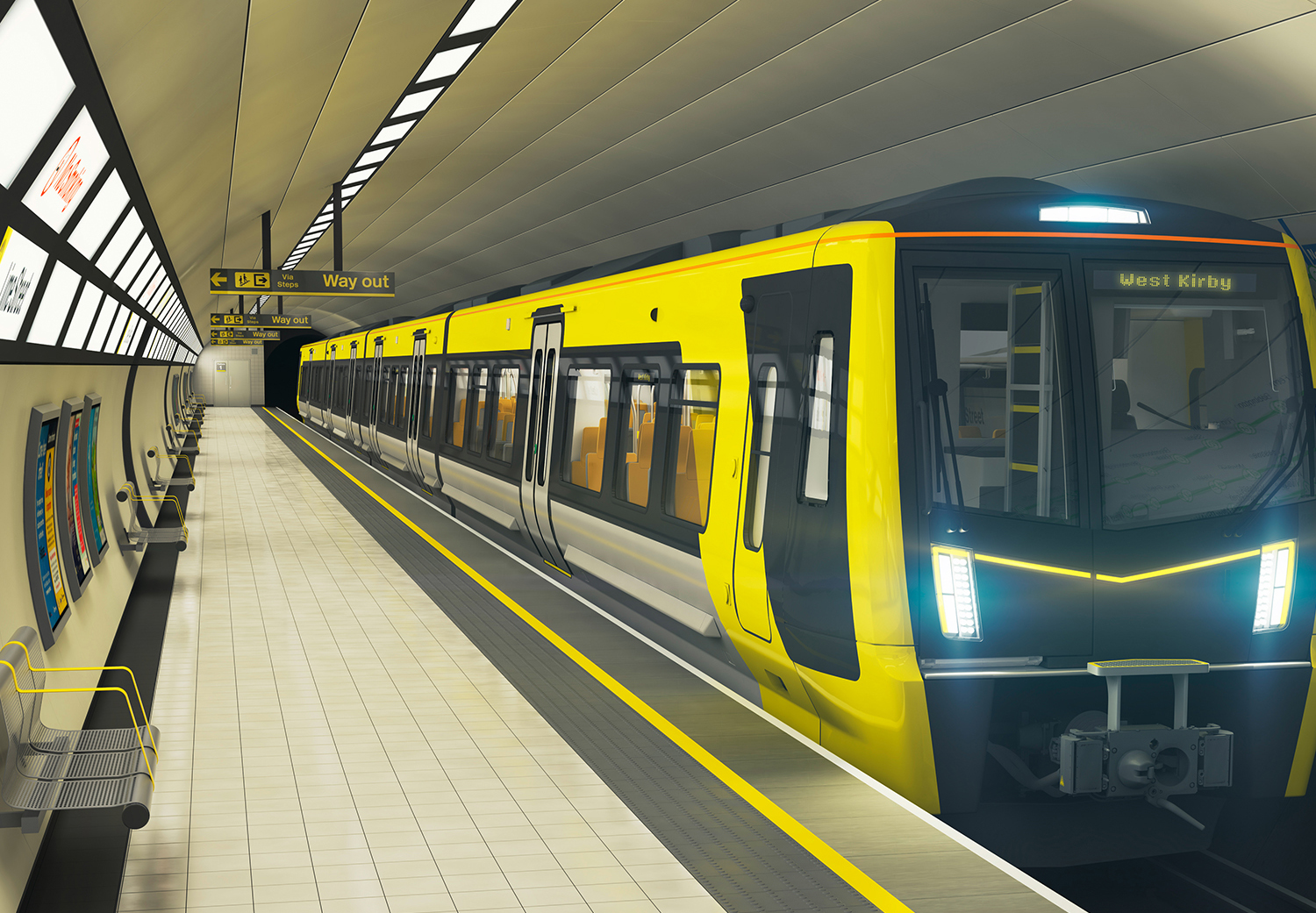No train goes so fast that you can't lock on to a signal, but of course there has to be a suitable signal - and that's where parts of the UK railway suffer. It's certainly wise to consider two SIMs if you can, and make sure that you use networks that are part of different network sharing arrangements.
That is Three and EE (MBNL), and Vodafone and O2 (CTIL) which means you might use EE and Vodafone or Three and O2, and so on.
In my experience of doing a lot of network testing, my personal recommendation would be EE and Vodafone. Three is gradually building up a solid 5G network that offers loads of capacity, but mostly using small poles that have a coverage diameter of maybe 300-400 metres - making it pretty useless for the railway. It doesn't often even cover whole towns using a few poles, and I am not sure why Three went down this route.
EE has been continuing to upgrade 4G sites and just this week has started to re-use 3G spectrum for 5G, and in fact from January 2023 will switch off more 3G spectrum to re-use as 5G before turning of the whole 3G network perhaps from 2024. Vodafone will do the same, and so will Three at some point. O2 hasn't said what it intends to do. O2 is also likely to get very congested now it will be incorporating Virgin Mobile customers who were previously using EE, then Vodafone.
3G is very bad because it has something called cell breathing, which adjusts the power according to demand - so under heavy load, coverage shrinks. It's something that doesn't apply to either 4G or 5G, and 5G now has lots of low-frequency spectrum that's ideal for rural areas.. with it beginning to appear on EE and Three.
Also, it seems the Government is perhaps moving to allow companies access to railway property to build dedicated sites - albeit using its own equipment and not sharing Network Rail sites (at least not yet, but maybe the Government will reconsider this at some point). One such advertised project is to have 5G on the Brighton main line, which already has solid 4G coverage promoted by Vodafone from Gatwick to Victoria, as well as distributed antenna systems within the airport (EE also has this at Gatwick).
I think within the coming years, we'll see a major improvement of coverage - but some rolling stock will always be a problem with solar reflecting film on the windows that messes up the signal - but if the trains have Wi-Fi and the systems get upgraded for 5G, I can see the Wi-Fi service on trains improving massively too - as well as the latency dropping markedly when networks launch standalone 5G access (perhaps coming next year - it's currently being trialled by all the networks).
That is Three and EE (MBNL), and Vodafone and O2 (CTIL) which means you might use EE and Vodafone or Three and O2, and so on.
In my experience of doing a lot of network testing, my personal recommendation would be EE and Vodafone. Three is gradually building up a solid 5G network that offers loads of capacity, but mostly using small poles that have a coverage diameter of maybe 300-400 metres - making it pretty useless for the railway. It doesn't often even cover whole towns using a few poles, and I am not sure why Three went down this route.
EE has been continuing to upgrade 4G sites and just this week has started to re-use 3G spectrum for 5G, and in fact from January 2023 will switch off more 3G spectrum to re-use as 5G before turning of the whole 3G network perhaps from 2024. Vodafone will do the same, and so will Three at some point. O2 hasn't said what it intends to do. O2 is also likely to get very congested now it will be incorporating Virgin Mobile customers who were previously using EE, then Vodafone.
3G is very bad because it has something called cell breathing, which adjusts the power according to demand - so under heavy load, coverage shrinks. It's something that doesn't apply to either 4G or 5G, and 5G now has lots of low-frequency spectrum that's ideal for rural areas.. with it beginning to appear on EE and Three.
Also, it seems the Government is perhaps moving to allow companies access to railway property to build dedicated sites - albeit using its own equipment and not sharing Network Rail sites (at least not yet, but maybe the Government will reconsider this at some point). One such advertised project is to have 5G on the Brighton main line, which already has solid 4G coverage promoted by Vodafone from Gatwick to Victoria, as well as distributed antenna systems within the airport (EE also has this at Gatwick).
I think within the coming years, we'll see a major improvement of coverage - but some rolling stock will always be a problem with solar reflecting film on the windows that messes up the signal - but if the trains have Wi-Fi and the systems get upgraded for 5G, I can see the Wi-Fi service on trains improving massively too - as well as the latency dropping markedly when networks launch standalone 5G access (perhaps coming next year - it's currently being trialled by all the networks).



